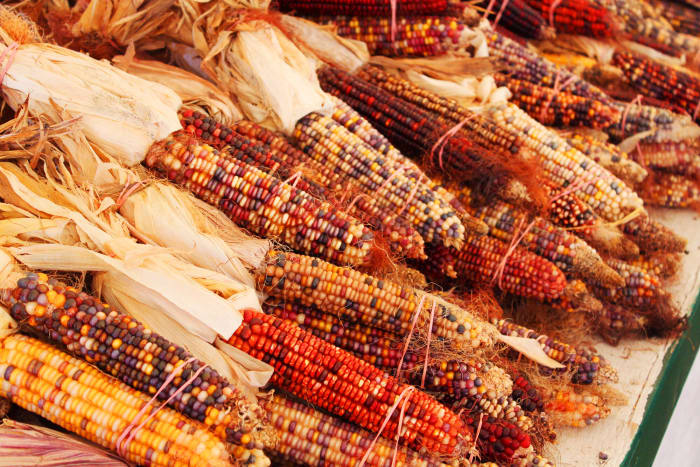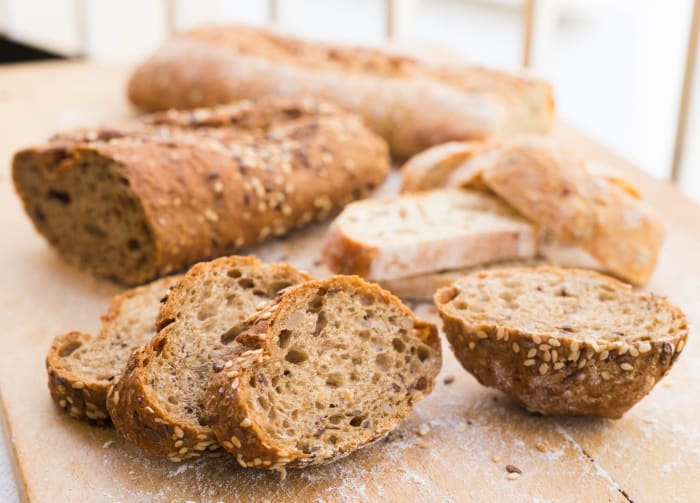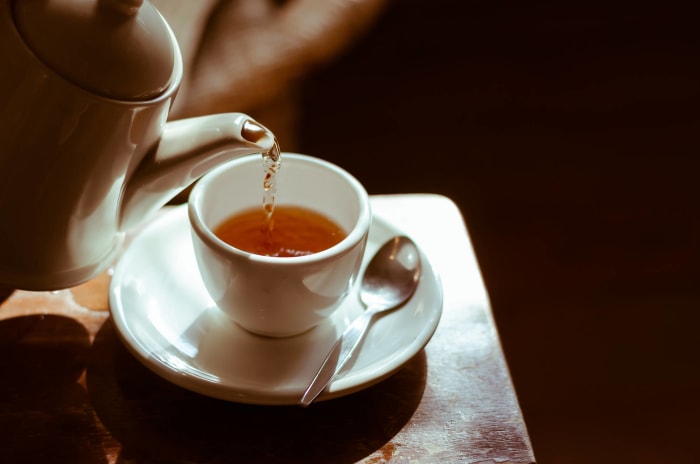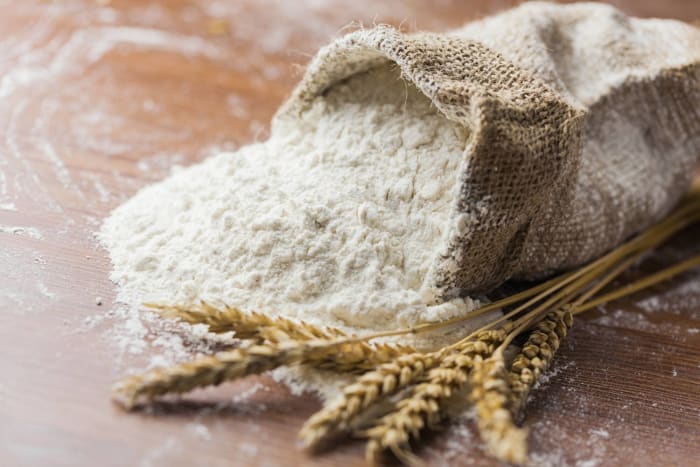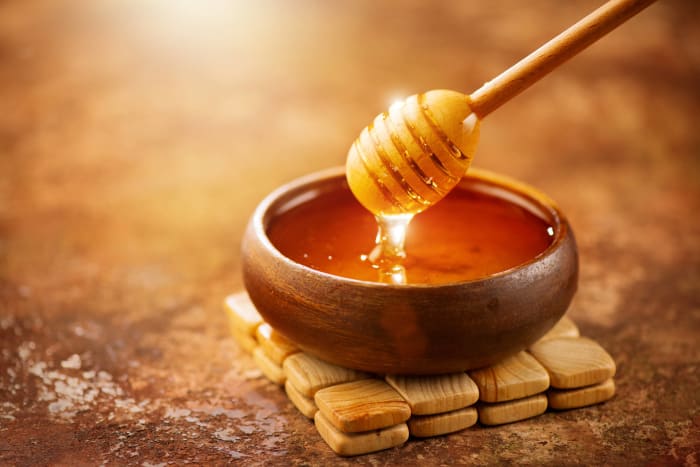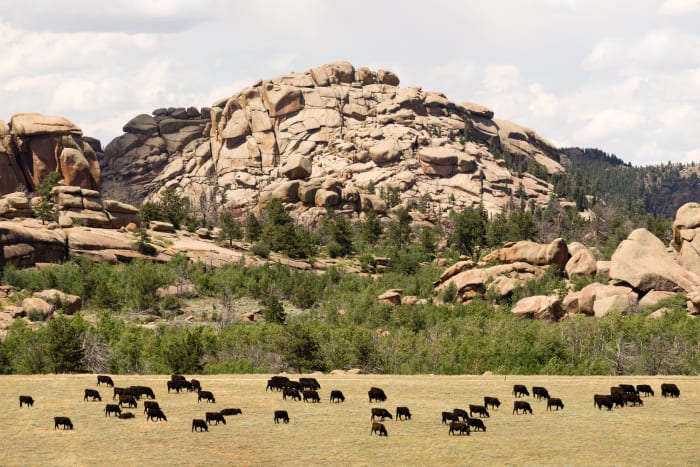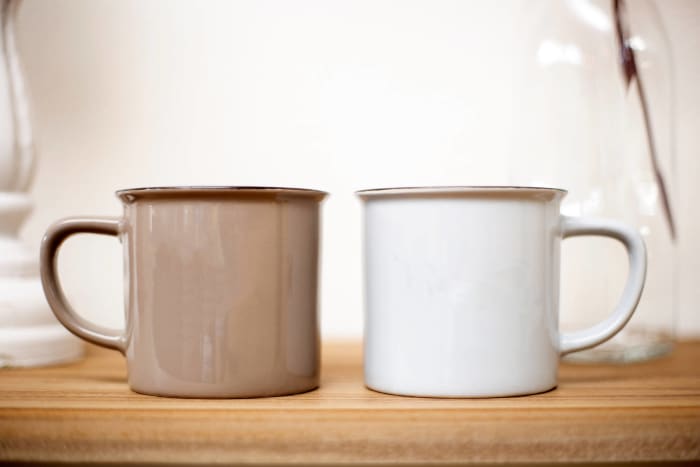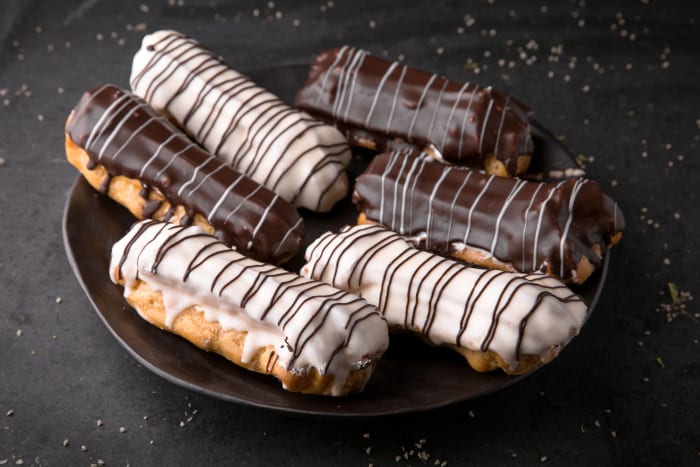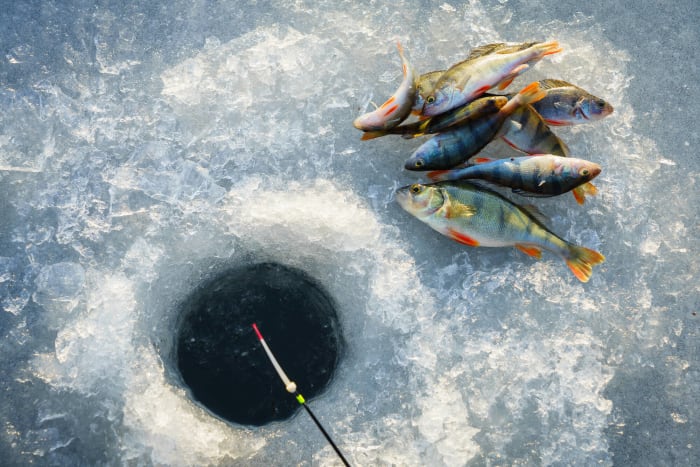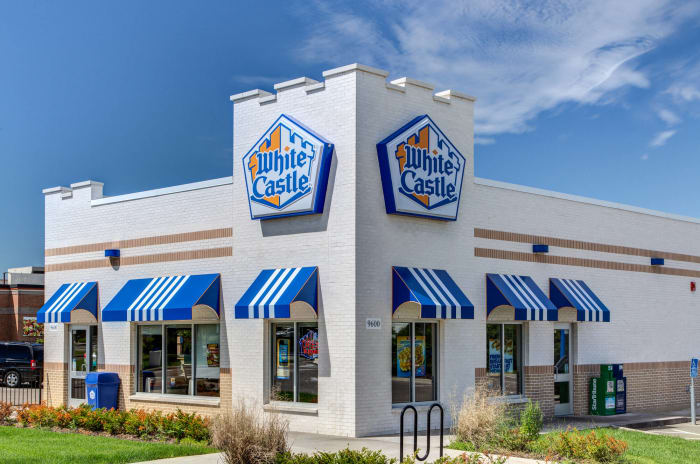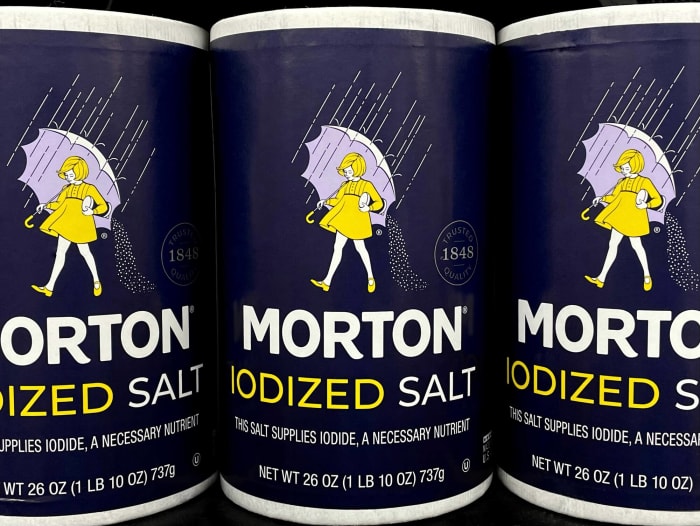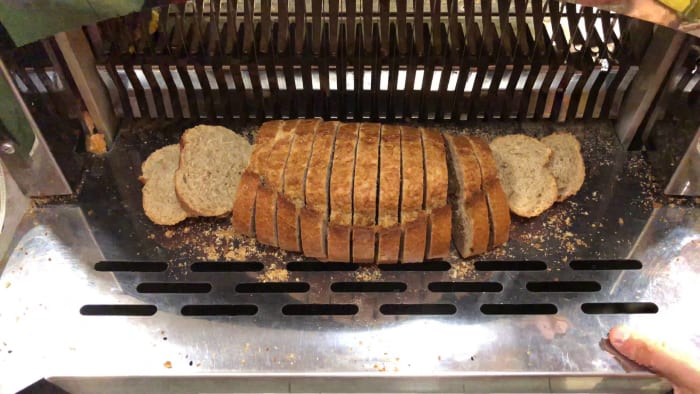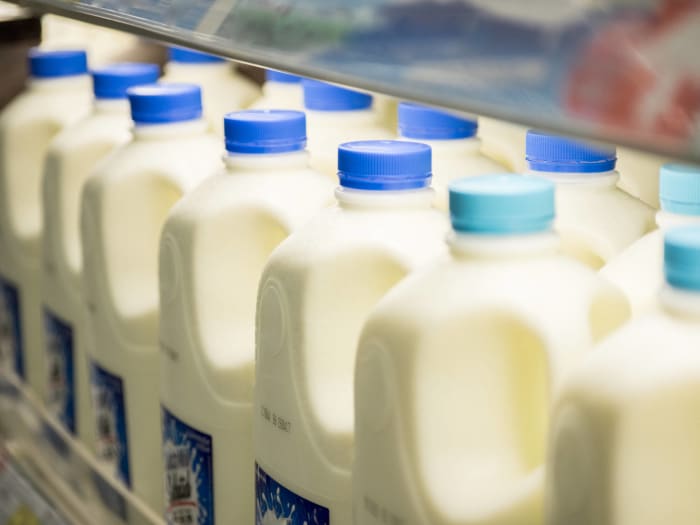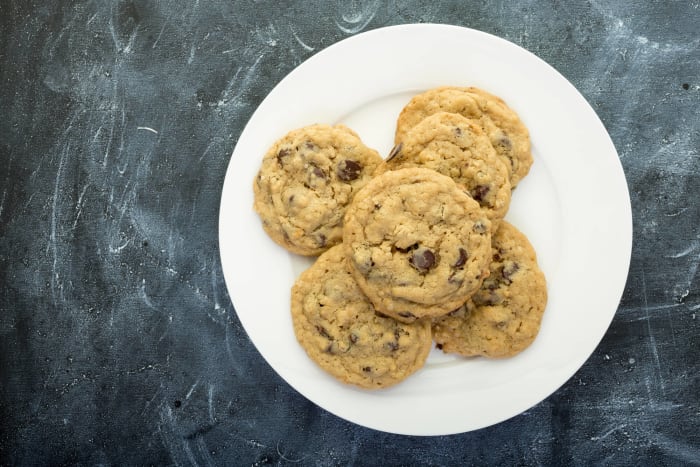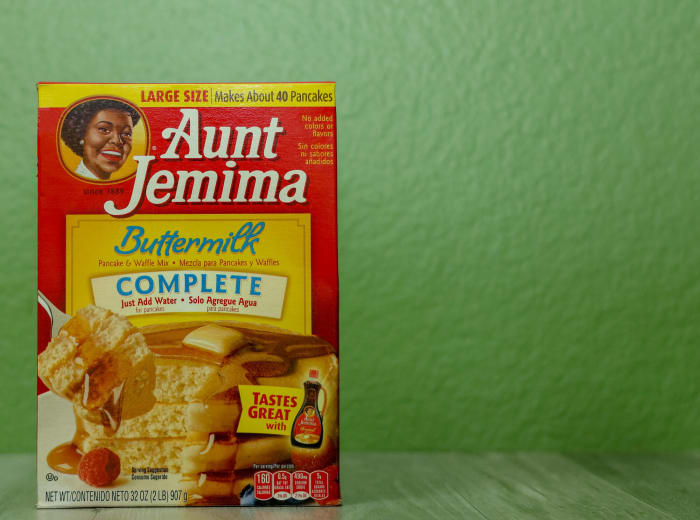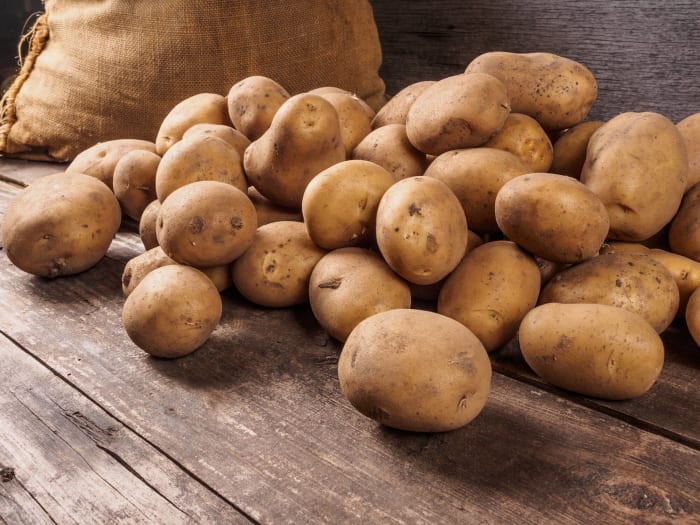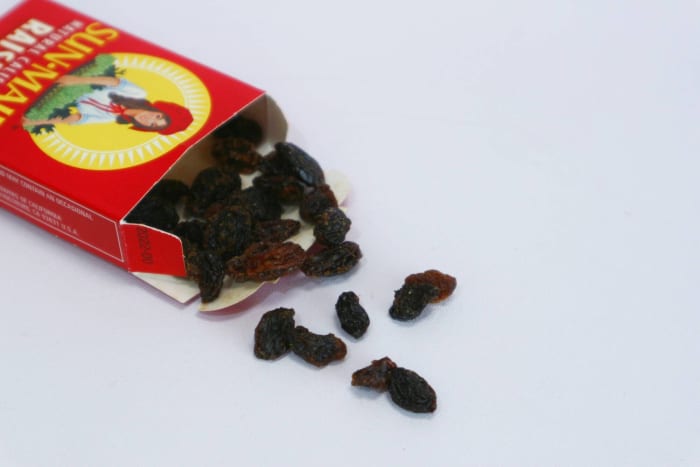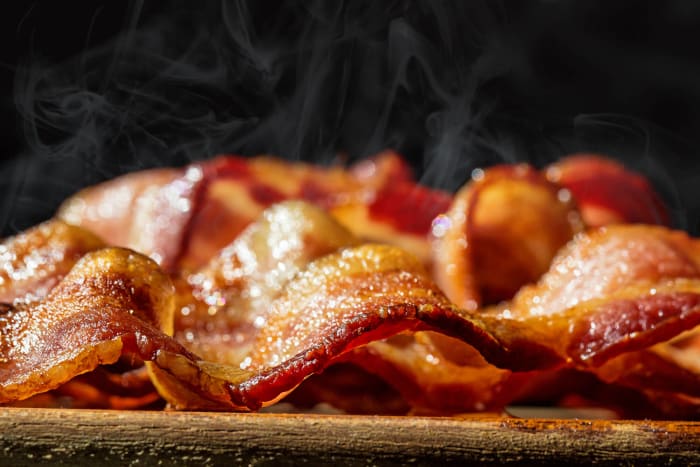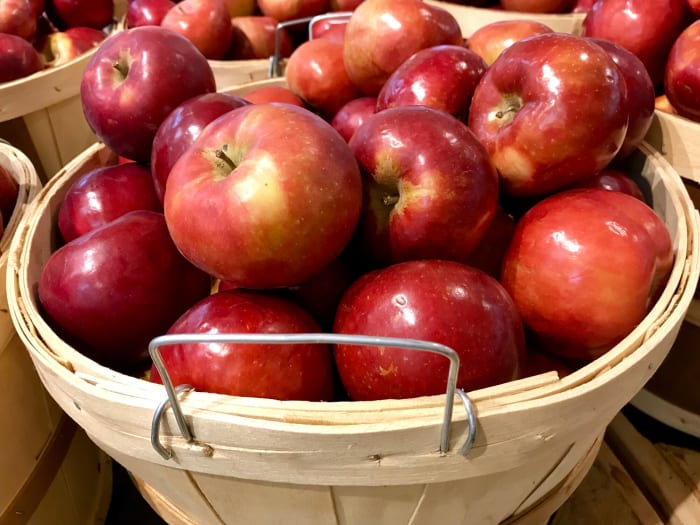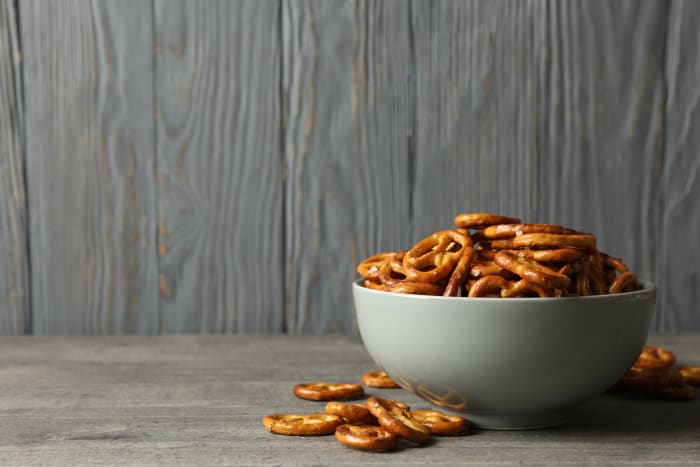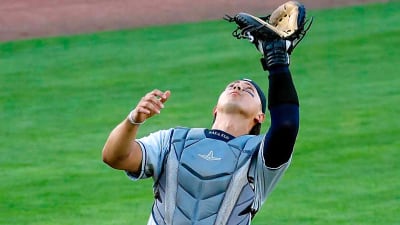Food is an important part of our lives, and it’s been an important part of American history, too. To celebrate this fact, we’ve compiled a list of important food-related events throughout American history or food that was involved with or consumed during other memorable moments. Here are 20 foods & drinks from important historical events in U.S. history.
val lawless / Shutterstock.com
The spread at the first Thanksgiving in 1621 looked a lot different from current Thanksgiving meals, which often feature turkey, stuffing, cranberry sauce, mashed potatoes, and green bean casserole. Instead, the pilgrims and Native Americans feasted on venison, wildfowl (like duck or geese), fish, and, of course, corn.
2 of 20
Bread - 1710-1713
Caftor / Shutterstock.com
Boston had to import most of its grain in the early 18th Century, often leading to food shortages and high bread prices. Bostonians rioted several times in response between 1710 and 1713, looting and sabotaging shipments of grain. The bread riots eventually led to legislation limiting exports during shortages and capping grain and bread prices.
Wiro.Klyngz / Shutterstock.com
Tea played a pivotal role in one of the most famous protests in American history, the Boston Tea Party. On December 16, 1773, a small group of frustrated American Colonists dumped 342 chests of tea imported by the British East India Company into the Boston Harbor to protest the “taxation without representation” policy imposed by England. This was just one of the numerous incidents that eventually led to the Revolutionary War and independence for the country that would soon be known as the United States.
Billion Photos / Shutterstock.com
Inflation and multiple years of wheat crop failures led to a doubling of the price of flour from 1836 to 1837. A New York City protest in February 1837 devolved into a riot that lasted a day and resulted in the looting of several businesses in an incident later dubbed “The Flour Riot of 1837.”
Subbotina Anna / Shutterstock.com
The so-called “Honey War” wasn’t an actual war, but a dispute over territory that occurred along the Iowa-Missouri border in 1839. The conflict involved exactly where that border was located, and which state-owned a crop of beehive-containing trees that were cut down by a group of Missouri residents in order to harvest the honey. Although the dispute was quickly settled without a shot being fired, the border wasn’t officially determined until 1851.
Real Window Creative / Shutterstock.com
This clash didn’t end peacefully. In 1854 in what is now Wyoming, a member of the Sioux tribe shot, killed, and ate a cow belonging to a Mormon man traveling along the Oregon Trail. The local authorities demanded the offender be turned over by the tribe, but the latter party refused. During talks between the two groups, a nervous soldier shot a Sioux, and the tribe attacked the soldiers with arrows. Chief Matȟó Wayúhi (Conquering Bear) was killed, as well as all 29 soldiers in an incident later dubbed the “Grattan Fight” or “Grattan Massacre” because Second Lieutenant John Lawrence Grattan was the leader of the regiment.
A-photographyy / Shutterstock.com
The Wright Brothers rarely went a day without coffee, and even invented their own way of making it with eggs when other supplies were scarce. Coffee actually played a part in the brothers’ invention of the first powered aircraft, too. One night after drinking too many cups, Orville couldn’t sleep and tried to tackle the issue of their early flying machines occasionally going into a tailspin. A highly caffeinated Orville determined the cause of the tailspins and created a vertical tail or rudder, that would help control the aircraft—a design that is still used in modern airplanes today!
8 of 20
Chocolate & vanilla éclairs - 1912
MaryLucky / Shutterstock.com
The RMS Titanic sank in the early morning hours of April 15, 1912, during a Transatlantic voyage from Southampton, UK, to New York City. Menus from April 14 still exist, so we know for certain that the first-class passengers’ last meal—dessert—consisted of Waldorf pudding (likely a dessert exclusive to the cruise line), peaches in Chartreuse jelly, French ice cream, and chocolate and vanilla éclairs.
Alexander Lukatskiy / Shutterstock.com
On an extended research trip to Labrador, Canada, a young scientist from New Jersey learned how to fish from the local Inuits, and discovered that in the -40 °C temperatures, the fish would almost instantly freeze from the cold air, but still taste fresh when thawed and cooked. After returning to America to continue his research, he eventually perfected the process now known as “flash-freezing,” which is widely used today to preserve fish, meat, fruit, vegetables, and other foods. That man’s name was Clarence Birdseye, the future founder of Birds Eye frozen foods.
10 of 20
White Castle - 1921
Ken Wolter / Shutterstock.com
America is the country most associated with fast food, so it’s worth noting that White Castle—not McDonald’s, as one might suspect—was the first fast-food chain to open in the states. They opened their first store in 1921, which was a full 19 years before McDonald’s existed.
ShamAn77 / Shutterstock.com
Goiters and mental development issues in children are both attributed to low levels of iodine. Of course, there’s no issue with salt intake in America, so the U.S. adopted a policy of adding iodine to salt nearly a century ago, and the first commercially available iodized salt hit shelves in 1924.
12 of 20
Sliced bread - 1928
Cemre / Shutterstock.com
If you think the invention of sliced bread isn’t an important historical event, then explain the popular phrase, “The best thing since sliced bread.” The first bread-slicing machine was invented by Otto Frederick Rodwedder of Davenport, Iowa, in 1928, and was soon sold to Chillicothe Baking Company in Missouri. Rodwedder’s second prototype is still in existence, and owned by the Smithsonian Institute!
Alphonse Mc Clouds / Shutterstock.com
Milk is often cited as a good source of calcium and vitamin D, but did you know the latter isn’t naturally found in cow milk? However, commercial milk has been fortified with vitamin D in the U.S. since the 1930s in an effort to reduce cases of rickets in children. The strategy worked, as the disease has gone from common to incredibly rare in the century or so since.
14 of 20
Chocolate chip cookies - 1938
Edward Fielding / Shutterstock.com
A lot of American cuisine is borrowed from other countries, but the chocolate chip cookie was made right in the U.S.A.! Sue Brides and Ruth Graves Wakefield invented the dessert using a chopped-up Nestlé semi-sweet chocolate bar whilst the latter woman owned the Toll House Inn in Wakefield, Massachusetts, in 1938. This is the origin of the name Nestlé Toll House Chocolate Chip Cookies, although Brides & Wakefield originally called them “Toll House Chocolate Crunch Cookies.”
15 of 20
Pancake mix - WWII
Rosamar / Shutterstock.com
During World War II, the U.S. needed a way to secretly give arms to the Chinese in order to aid their fight against Japan, so the Office of Strategic Services (OSS) created a powdered explosive that could be mixed and transported with ordinary baking flour. It could even be baked and consumed without harming anyone, although the latter was generally discouraged. They called the explosive mix “Aunt Jemima” after one of the most popular pancake mix brands of all time, which was recently rebranded in 2021 under the name Pearl Milling Company.
Dmitriy Gutkovskiy / Shutterstock.com
The U.S.S. O’Bannon served the United States Navy for 28 years, but it’s mostly known for one story. As the tale goes, the ship spotted a Japanese submarine that pulled so close to the destroyer that their powerful weapons were rendered useless. The U.S. sailors improvised and began pelting the sub with potatoes, which the Japanese allegedly mistook for hand grenades, resulting in some distance between the two vessels—enough distance for the destroyer to use its real weapons and sink the sub.
Yellyana / Shutterstock.com
You’ve probably heard the stories of British and American planes dropping supplies to the residents of West Berlin during World War II, but did you know the nicknames for these planes? The German children called them Rosinenbombers, or “raisin bombers,” because the pilots would often throw boxes of raisins and candy tied to handkerchiefs (as makeshift parachutes) out the windows. Likewise, in English, the planes were referred to as “candy bombers.”
GoodFocused / Shutterstock.com
The Apollo 11 Lunar Module touched down on the surface of the moon on July 20, 1969, and spent a day there before its rendezvous with the Command Module Columbia. The first scheduled meal for astronauts Buzz Aldrin and Neil Armstrong upon landing on the moon consisted of bacon squares, peaches, sugar cookie cubes, pineapple grapefruit drink, and—like their fellow aviation pioneers the Wright Brothers before them—coffee.
RazorbackAlum / Shutterstock.com
Programmers Steve Jobs and Steve Wozniak tried to think of a technical name for their new computer company, but ended up going the other direction and choosing the simple name “Apple.” According to Walter Isaacson’s biography of Steve Jobs, the name came about after Jobs returned from an apple orchard. The duo liked it because, as stated by Jobs, it was “fun, spirited, and not intimidating…plus, it would get us ahead of Atari in the phone book.”
AtlasStudio / Shutterstock.com
President George H. W. Bush famously detested broccoli, but his son’s mortal enemy was the pretzel. Actually, President George W. Bush enjoyed pretzels, but he choked on one in 2002 while watching an NFL game, passed out, and hit his head, leaving bruises on his face and lip. Thankfully, this potentially serious incident involving a sitting president turned out to be minor.

 +
+
